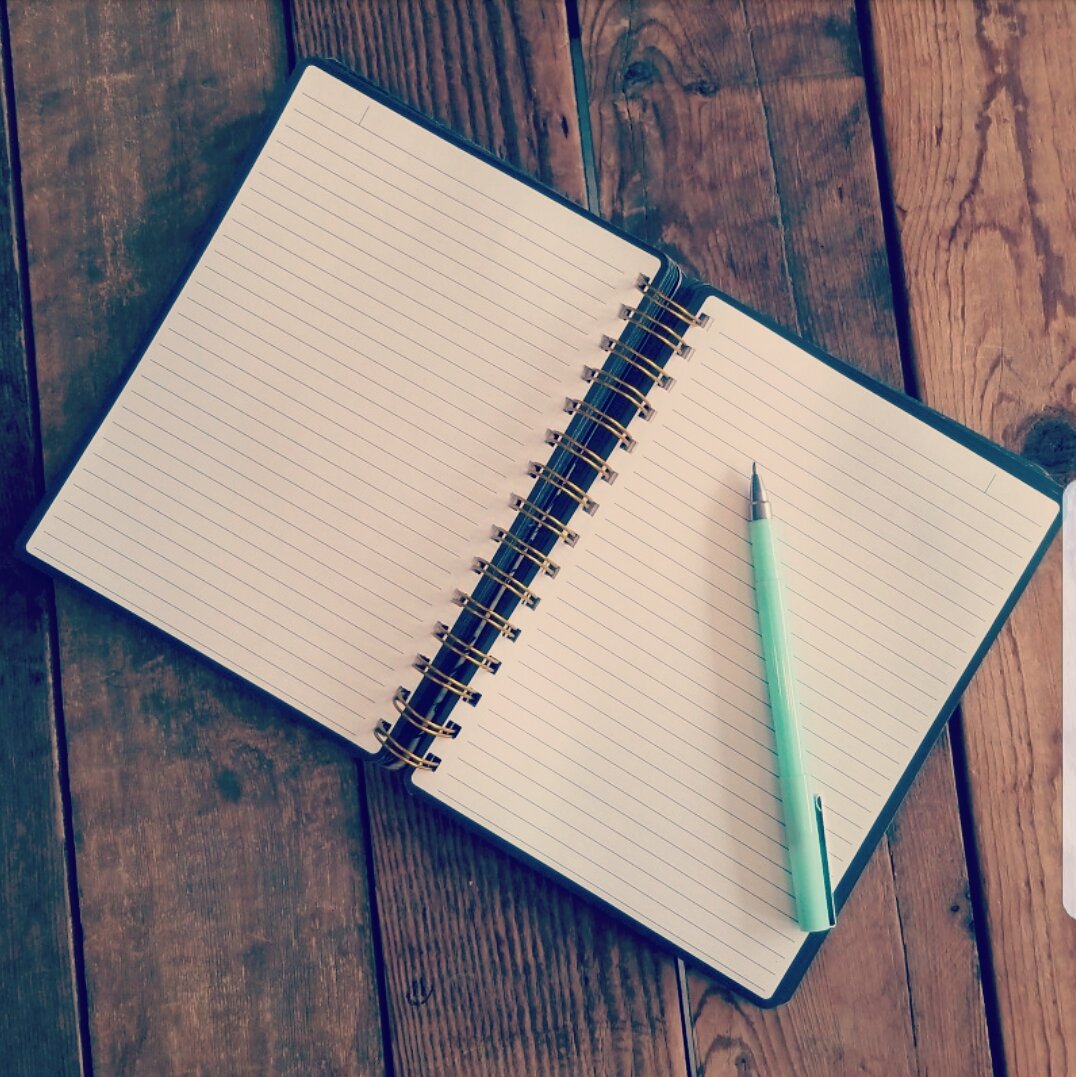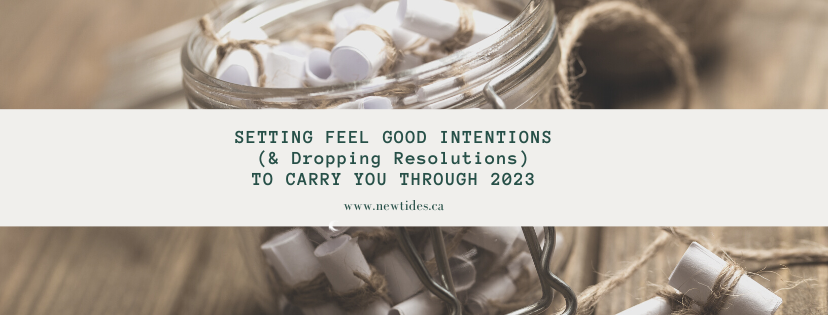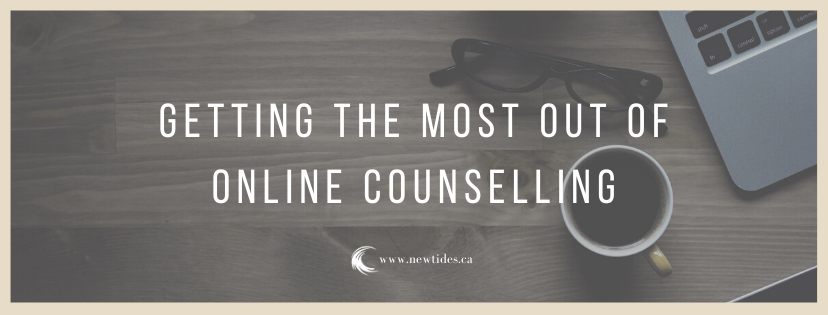
COUNSELLING AND THERAPY BLOG
Understanding Anger as the Tip of the Emotion Iceberg
So often when we feel angry or someone in our lives blows up at us, we may need to look beneath the surface to know what's really going on. Anger is most functional when our survival is threatened. There are times when anger may bubble up to the surface, be warranted and make evolutionary sense.
So often when we feel angry or someone in our lives blows up at us, we may need to look beneath the surface to know what's really going on. Anger is most functional and makes the most sense when our survival is threatened. There are times when anger may bubble up to the surface, be warranted and make evolutionary sense. (ie. When we feel like our lives are at stake, when we need to assert a boundary or defend ourselves such as when someone physically threatens us or maybe even a squirrel steals our food).
In fact, anger is often in place to cover up or take the place a host of other emotions that accompany anger, which sometimes are more challenging or more vulnerable for us to feel. Typically, the more we suppress the emotions more closely connected to what happened, the more angry we will feel. Often, a 'primary' emotion will be our first reaction, but if it is difficult for us to feel, anger can come along and cover it up (to protect us!), sometimes before we even know it.
For example, if someone asks how you’re doing, or if you need help, support, sadness, or other vulnerable emotions might be difficult to land in, and anger might arise automatically rather than admitting how you really feel! You may also respond with anger if you’re expecting yourself to be doing just fine when you are indeed struggling. In these cases, your response might sound something like, “Of course I’m fine, stop bothering me”.
The reality is, it is way easier to become defensive or angry than face softer, more vulnerable emotions such as embarrassment, sadness or disappointment. In the case above, perhaps feelings of doubt or embarrassment were hovering beneath the surface (particularly if something IS wrong or we DO really feel like we need help). This is more likely to happen if we are already feeling embarrassed or insecure with ourselves or in our relationship with others.
But unfortunately, anger may hinder our attempts to problem solve, connect with others, or engage in the emotional expression that we may need to feel better.
So if you would like to explore what's underneath, here are a few ideas:
1. STOP. Take a deep breath, count backwards from 5, or take a moment to press your feet into the ground and pay attention to what that feels like. (More grounding techniques here).
2. INQUIRE. "XZY happened and I was angry." Does it make sense to feel angry given what just happened (and yes, sometimes it may - or sometimes we may want it to!)? Is this actually about the person or situation you're presented with, or is it more about something else going on inside you? Does a boundary need to be set? Is this anger a call to action? And finally what other feelings are there besides anger, or underneath the anger?
3. BE COMPASSIONATE with yourself. Try to be compassionate towards the part of you that is angry. It probably is there for a reason, even if that reason is not currently in front of you, threatening you (ie. “ Of course I’m angry; anger was the most acceptable emotion in my family - when my parents were upset or sad, it always came out in fighting with each other. It makes sense that I lash out or feel tense when I feel vulnerable).
4. SHIFT YOUR FOCUS. Can you start to focus on the other emotion? Imagine pressing the pause button on anger, or pushing it to the side and focusing on whatever other emotions are there, even if just for a moment! Give this a little more time and space so that you can respond from a more authentic place. (More on this later!)
3 Part Grounding (Printable Tool)
3-part grounding is one of my favourite grounding techniques for moments when we need to reset, or are experiencing anxiety, or a trauma tigger. This technique comes from training in somatic counselling and trauma-informed yoga.
This is one of my favourite go-to grounding exercises. We can always count on the following: our feet (or other parts of us) on the ground, our breath, and our own ability to expand and grow (literally and metaphorically). Try this for 3-5 breaths for each step!
Mindful tip - it helps to start practicing any mindfulness exercise when you're calm, then eventually applying it to more stressful/difficult situations.
To listen to a 5 minute audio version of this exercise, visit our resources section.
Square Breathing (Printable Tool)
Square or box or 4x4 breathing for working with anxiety, trauma, or other types of emotion regulation. This tool can also be used to practice mindfulness, before falling asleep at night, or anytime you need a moment of extra calm.
We feel anxiety a LOT in our bodies - think of how your heart might race, or you hands might shake when you are nervous. So when we are feeling anxious, one common way to tackle how we are feeling is through our thoughts and using rational thinking, but it can also be powerful to calm ourselves using our body. When our body starts to relax, this in turn can shift difficult emotions and even make it easier to address the pesky thoughts we may have been having (if we even still are focused on them at all - they may have disappeared!)
Here is a quick breathing exercise for you to try called 4x4 or square or box breathing.
You may want to try this first when you are feeling calm to get the hang of it, then later on when you're starting to feel difficult emotions.
Sometimes it also helps to tie an image to the breath - for example a balloon blowing up as you inhale, and deflating as you exhale.















